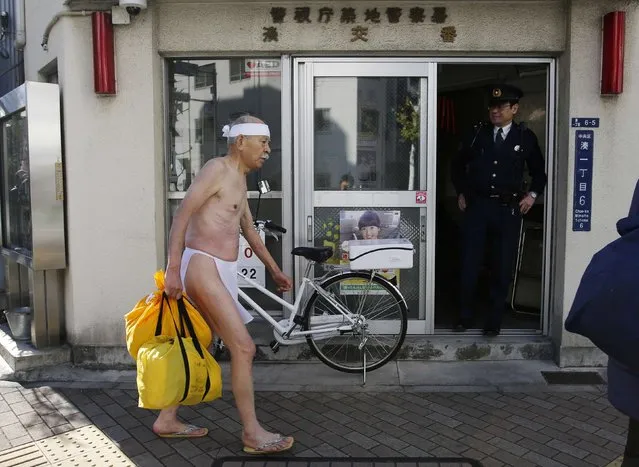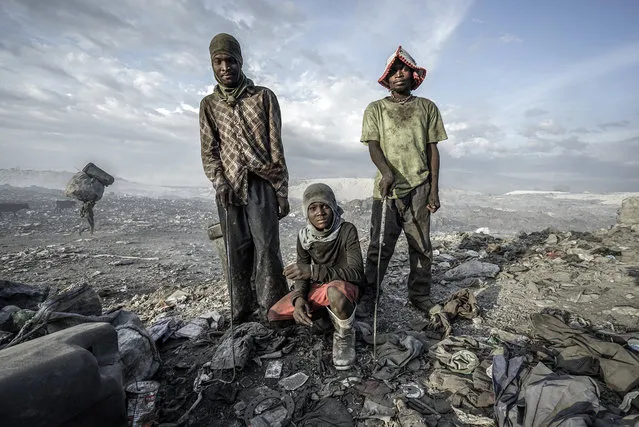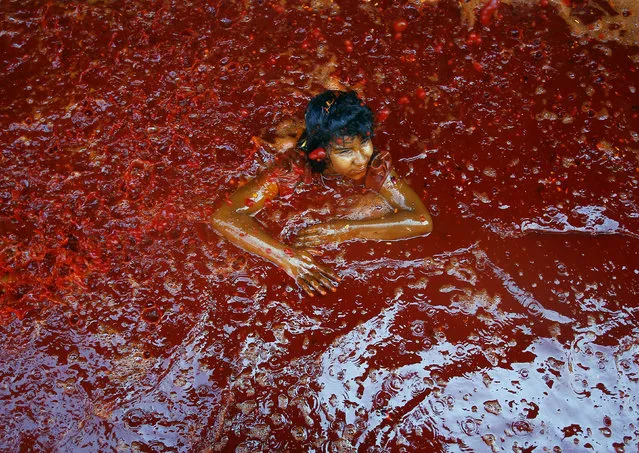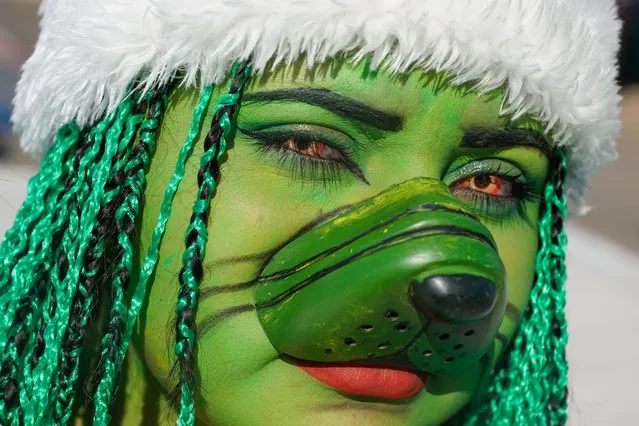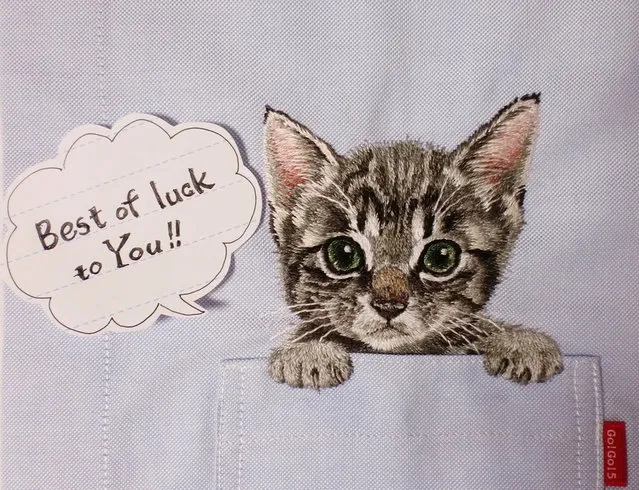
Japanese embroidery artist Hiroko Kubota was in the process of making custom sized clothes for her smaller-framed son when he made a small request: could some of the shirts have cats on them? Kubota explains her son was somewhat obsessed with cats and had collected a small library of adorable images found around the web.
18 Jun 2015 16:59:00,post received
0 comments



